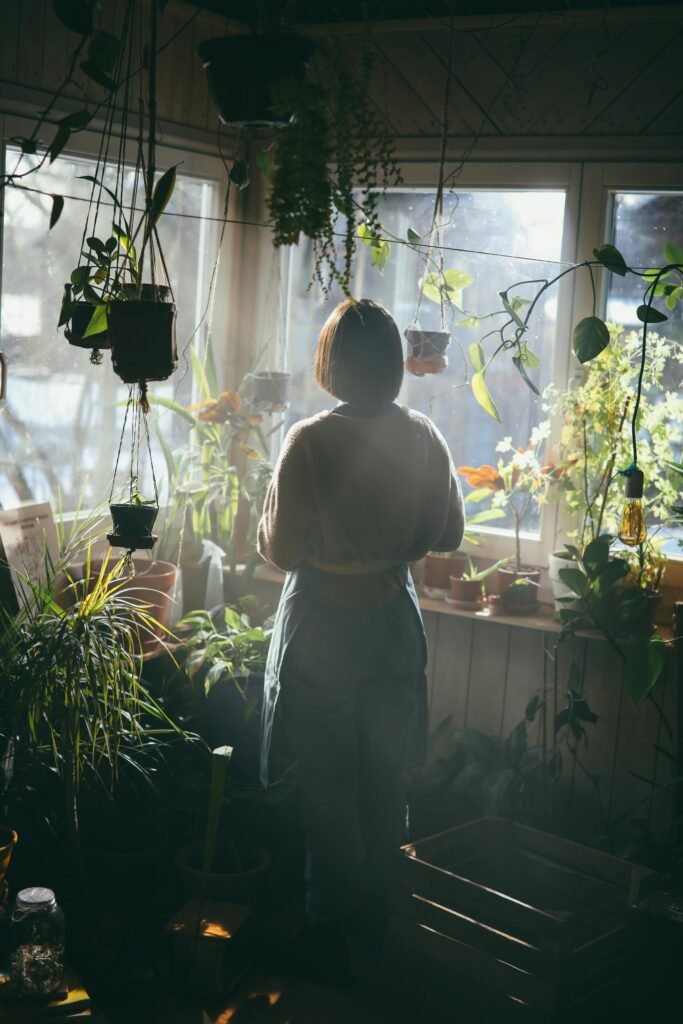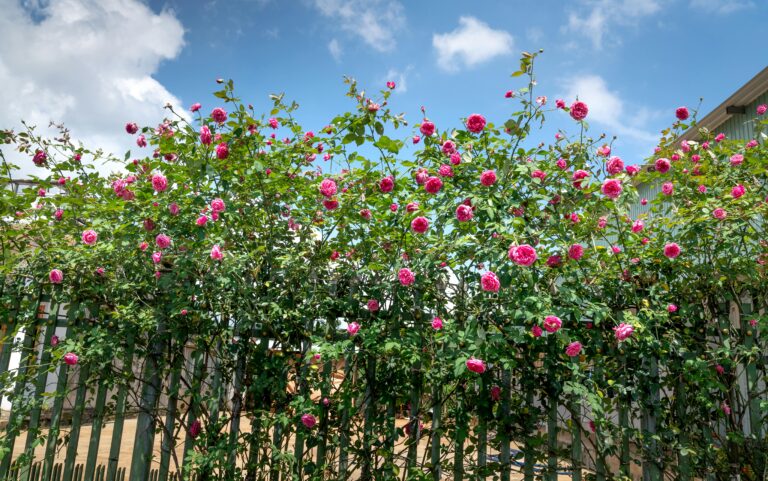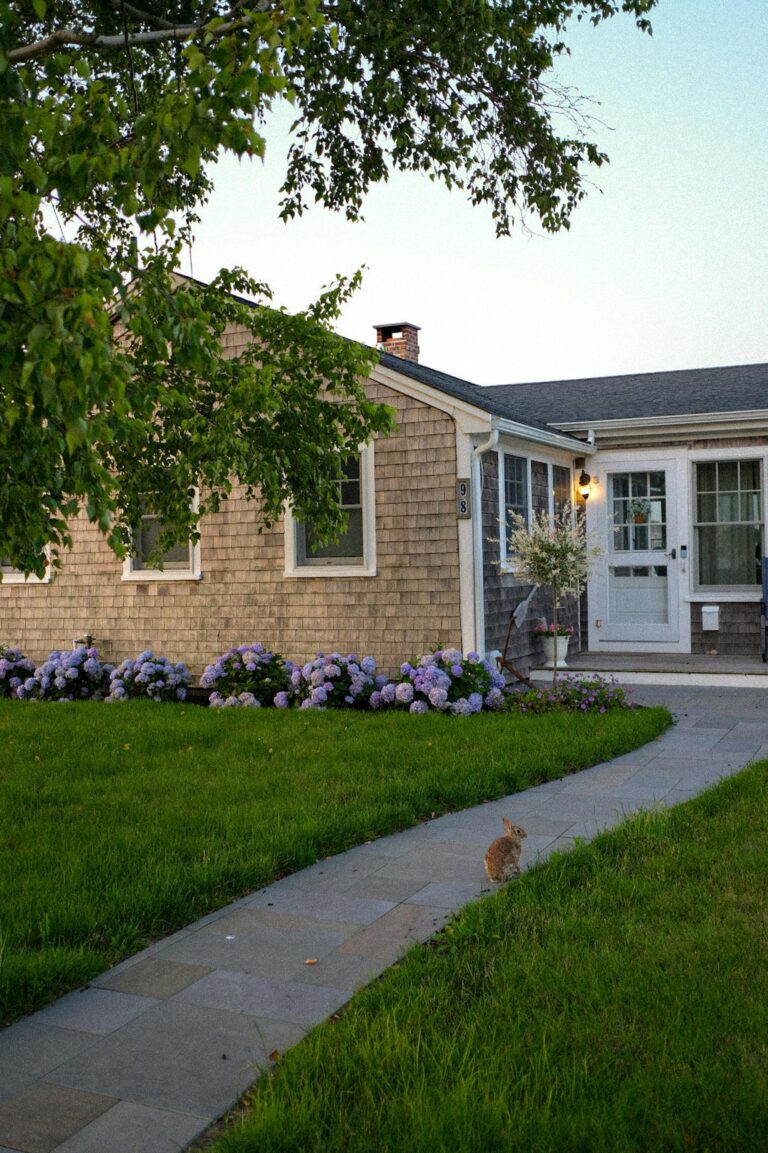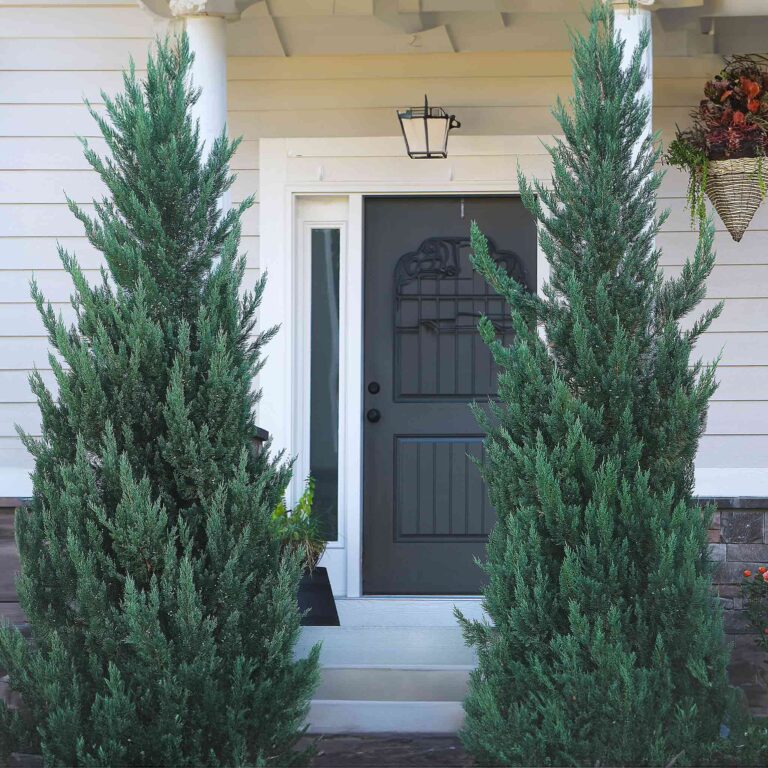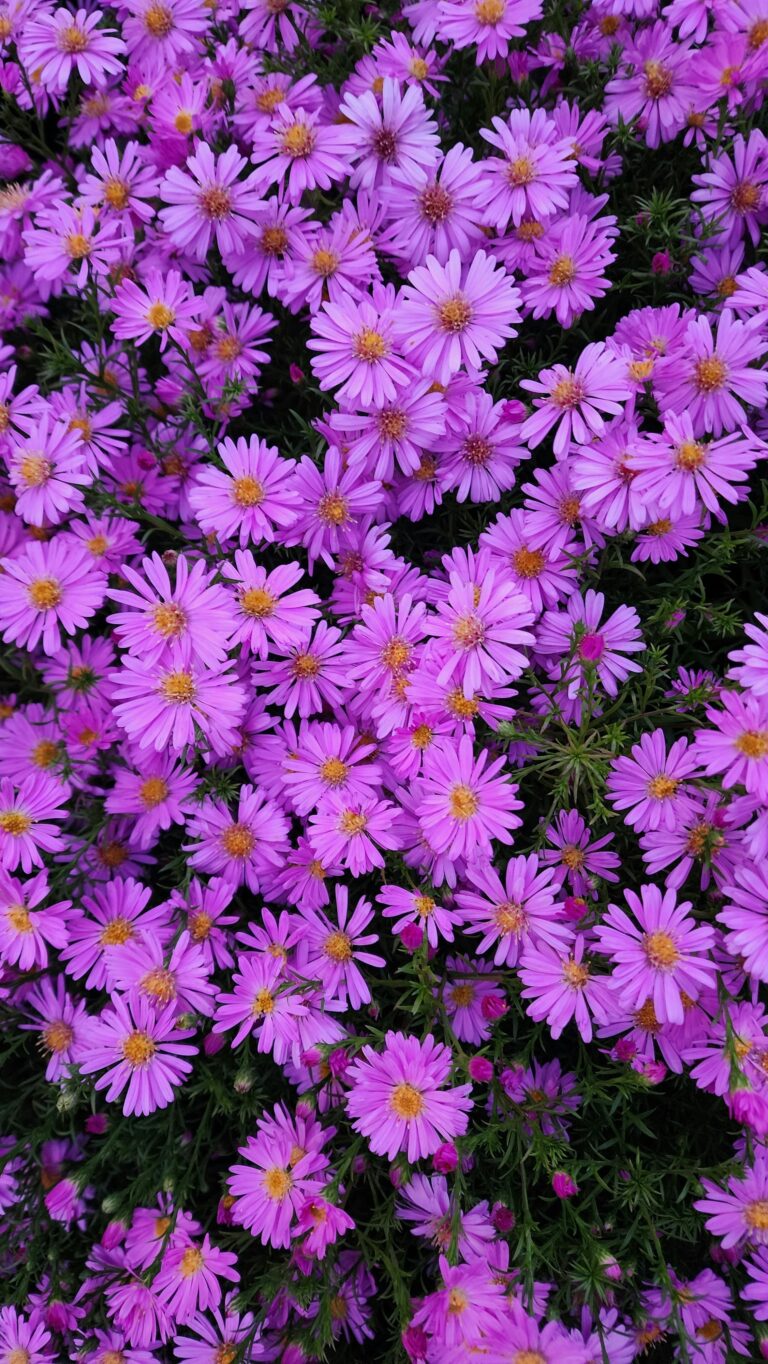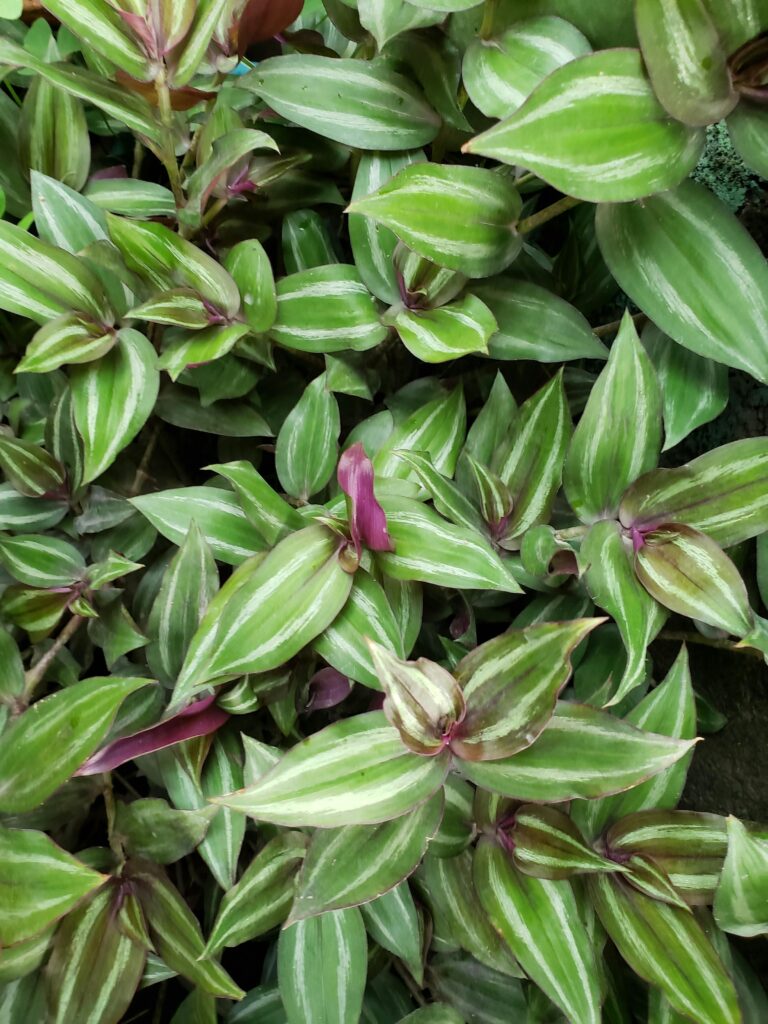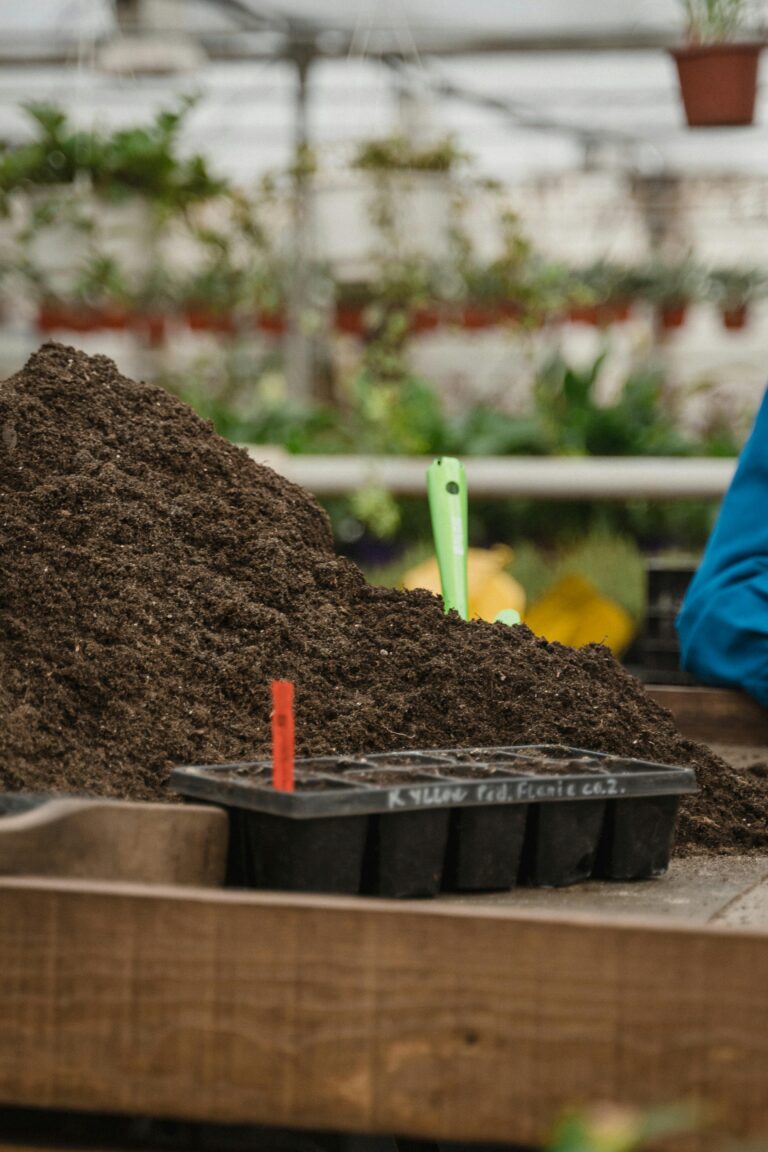Low Light Hanging Plants: Lush Beauty in Dim Spaces
Low light hanging plants not only add a touch of greenery to your space but also help improve air quality and create a calming ambiance. Whether you have a dimly lit office, a shaded corner in your home, or a room with small windows, these plants can flourish and enhance the aesthetics of your environment.
With their cascading foliage and easy maintenance, low light hanging plants are a popular choice for those seeking to bring nature indoors without the need for direct sunlight.
Thriving In The Shadows: Low Light Hanging Plants
Thriving in the Shadows: Low Light Hanging Plants
The Secret Life Of Shade-loving Flora
Low light hanging plants are nature’s silent heroes, thriving in dimly lit corners and adding life to any space.
Why Some Plants Prefer The Penumbra
Shade-loving plants have adapted to low light conditions, making them the perfect choice for indoor areas with limited sunlight.
Identifying The Perfect Spot For Low Light Plants
Identifying the perfect spot for low light plants is crucial for their growth and well-being. These green companions thrive in dimly lit areas, making them an ideal choice for spaces with limited natural light. By understanding the light levels in your home and identifying the best rooms for these plants, you can create a nurturing environment that allows them to flourish.
Assessing Light Levels In Your Home
Before choosing a spot for your low light plants, it’s essential to assess the light levels in different areas of your home. Keep in mind that these plants require minimal sunlight to thrive, making them suitable for rooms with limited exposure to natural light. Look for areas with soft, indirect light, such as corners or spaces near windows with sheer curtains that filter sunlight.
Best Rooms For Your Green Companions
When it comes to finding the perfect spot for your low light plants, certain rooms in your home are better suited for their growth. Consider placing them in areas such as the living room, bedroom, or home office, where they can benefit from gentle, filtered light throughout the day. Additionally, bathrooms with frosted windows or skylights can provide the ideal environment for these plants to thrive.
Top Low Light Hanging Plants For Your Home
Discover the beauty of low light hanging plants with these top selections that will thrive in your home environment. Bring a touch of nature indoors with these easy-to-care-for plants that add a touch of greenery to any space.
Evergreen Vines: Devil’s Ivy And Philodendrons
Devil’s Ivy and Philodendrons are excellent choices for low light conditions, adding a lush, cascading effect to your home. These evergreen vines are perfect for hanging planters, brightening up any corner with their vibrant foliage.
The Resilient Pothos Family
Pothos plants are known for their resilience and ability to thrive in low light settings. Varieties such as Marble Queen, Golden Pothos, and Neon Pothos are popular choices for hanging planters, bringing a pop of color and life to any room.
Care And Maintenance Of Shade-dwelling Plants
Shade-dwelling plants are a wonderful addition to any indoor space, especially for those areas with low light. Their lush greenery and ability to thrive in dimmer conditions make them an excellent choice for those looking to add some greenery to their homes. However, caring for and maintaining these low light hanging plants requires some specific attention to ensure they stay healthy and vibrant. In this section, we will delve into the essential aspects of care and maintenance for shade-dwelling plants, focusing on watering, feeding, and providing the necessary nutrients for their well-being.
Watering Without Overdoing It
When it comes to watering low light hanging plants, it’s crucial to strike the right balance. Overwatering can lead to root rot and other issues, while underwatering can cause the plants to wither and die. The key is to monitor the moisture levels in the soil regularly. As a general rule, it’s best to water the plants when the top inch of the soil feels dry to the touch. However, it’s important to adjust this based on the specific needs of each plant, as some may require more frequent watering than others. Additionally, using a well-draining potting mix and ensuring proper drainage for the pots can help prevent waterlogging, which can be detrimental to the plant’s health.
Feeding Your Plants: Nutrients They Need
Low light hanging plants may have lower energy requirements compared to their sun-loving counterparts, but they still need essential nutrients to thrive. Providing balanced and appropriate fertilization is crucial for their overall health. Opt for a liquid or water-soluble fertilizer specifically formulated for indoor plants, and follow the manufacturer’s instructions for application. It’s important to note that over-fertilizing can be harmful, so it’s best to err on the side of caution and feed the plants at a reduced frequency compared to what’s recommended on the fertilizer packaging. Keeping a close eye on the plants’ growth and overall appearance can help gauge whether they need a nutrient boost, and adjusting the feeding schedule accordingly can help ensure they receive the right amount of nourishment.
Designing With Low Light Plants
Designing with low light plants offers a unique opportunity to bring life and vibrancy to the dim corners of your home. By carefully selecting and arranging these plants, you can create visual interest and add a touch of nature to spaces that might otherwise be overlooked. In this section, we will explore how to utilize low light hanging plants to achieve stunning design effects in your home.
Creating Visual Impact In Dim Corners
Low light hanging plants can be strategically placed in dim corners to create visual impact and draw attention to these often forgotten areas. Consider hanging a cascading pothos or a spider plant in a dark corner to add a pop of greenery and brightness. These plants not only thrive in low light conditions but also bring a sense of life to these spaces.
Combining Textures And Colors For Dramatic Effect
When designing with low light plants, consider combining different textures and colors to create a dramatic effect. Mix and match plants with varying leaf shapes and sizes to add visual interest. For example, pairing a delicate fern with a bold, broad-leafed plant can create a striking contrast. Additionally, consider using hanging planters in different materials, such as macrame or ceramic, to add depth and dimension to your design.
Common Challenges And Solutions
Low light conditions can present challenges for hanging plants, but with the right strategies, you can overcome these obstacles. Let’s explore some common issues that arise with low light hanging plants and effective solutions to address them.
Dealing With Growth Issues
- Choose plant species suited for low light environments.
- Rotate plants periodically to ensure even light exposure.
- Use a quality fertilizer to promote healthy growth.
Preventing Pests And Diseases In Low Light Conditions
- Inspect plants regularly for signs of pests or diseases.
- Avoid overwatering to prevent root rot and fungal issues.
- Maintain good air circulation to deter pests and diseases.
Propagation: Expanding Your Indoor Jungle
Simple Steps To Propagate Your Low Light Plants
Propagating your low light hanging plants is a rewarding way to expand your indoor jungle. With a little bit of care and attention, you can easily create new plants from your existing ones, adding more greenery to your space.
- Choose a healthy, mature plant to propagate.
- Take a cutting just below a node using clean, sharp scissors or shears.
- Remove the lower leaves from the cutting to expose the nodes.
- Place the cutting in water or soil, keeping it consistently moist.
- Wait for roots to develop, then transplant the cutting into a new pot.
Sharing The Love: Gifting Plant Cuttings
Sharing plant cuttings with friends and family is a wonderful way to spread the joy of indoor gardening. Whether it’s a special occasion or just a friendly gesture, giving the gift of a propagated plant cutting can brighten someone’s day and introduce them to the world of low light hanging plants.
Innovative Displays And Hangers
Enhance your space with creative ways to display low light hanging plants. From unique hangers to DIY projects, there are endless possibilities to showcase your greenery.
Diy Plant Hanger Ideas
Get crafty with these simple DIY plant hanger ideas:
- Macrame plant hangers using basic knots
- Upcycled materials like mason jars or old teacups
- Wooden dowels for a minimalist look
Choosing The Right Containers For Your Plants
Consider these factors when selecting containers for your low light plants:
- Ensure proper drainage to prevent overwatering
- Opt for lightweight containers for easy hanging
- Choose containers that complement your decor style
The Benefits Of Greenery In Dim Spaces
Low light hanging plants are the perfect solution to brighten up dim spaces in your home. Not only do they add a touch of greenery to a room, but they also have several benefits for your health and well-being. Let’s explore the advantages of incorporating indoor plants into your low light spaces.
Psychological Advantages Of Indoor Plants
Plants have been proven to have a positive impact on our mental health. Studies have shown that having greenery in our surroundings can help reduce stress, anxiety, and depression. Indoor plants can create a calming atmosphere and promote relaxation, making them a great addition to any space, especially areas with low lighting.
Improving Air Quality With Natural Solutions
Low light hanging plants are not only aesthetically pleasing, but they also improve air quality by removing harmful toxins from the air. Plants absorb carbon dioxide and release oxygen, making the air in your home healthier to breathe. Some plants, such as the Snake Plant, Spider Plant, and Peace Lily, are particularly effective at purifying the air and removing pollutants.
With low light hanging plants, you can enjoy the benefits of greenery and cleaner air in even the darkest spaces of your home. Consider incorporating some plants into your decor for a healthier and more relaxing environment.
Frequently Asked Questions
What Hanging Plant Doesn’t Need Much Light?
Spider plants are a hanging plant that thrives in low light conditions. They are easy to care for and perfect for spaces with limited sunlight.
What Plant Can Tolerate The Lowest Light?
The snake plant can tolerate the lowest light conditions. It is a low-maintenance indoor plant that can thrive in low light.
What Is The Best Trailing Plant For Shade?
The best trailing plant for shade is the English Ivy. It thrives in low light conditions and is easy to maintain. Its cascading foliage adds a beautiful touch to any shaded area.
What Are The Best Hanging Baskets For Shade?
For shade, consider using hanging baskets with ferns, begonias, impatiens, or fuchsias. These plants thrive in low-light conditions.
Incorporating low light hanging plants can elevate your space effortlessly. With the right selection, you can create a lush and inviting atmosphere indoors. Consider factors like plant care and aesthetics to enhance your living environment. Explore various low light plant options to bring nature into your home beautifully.

